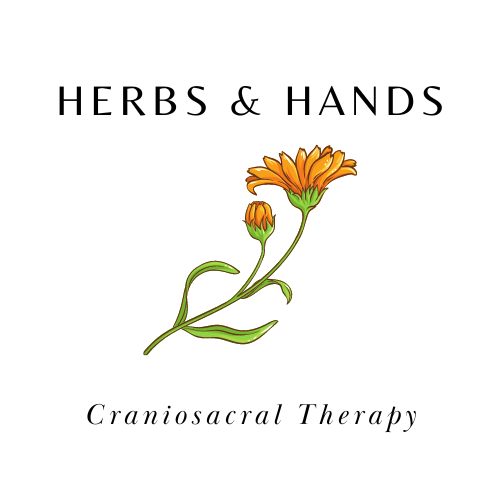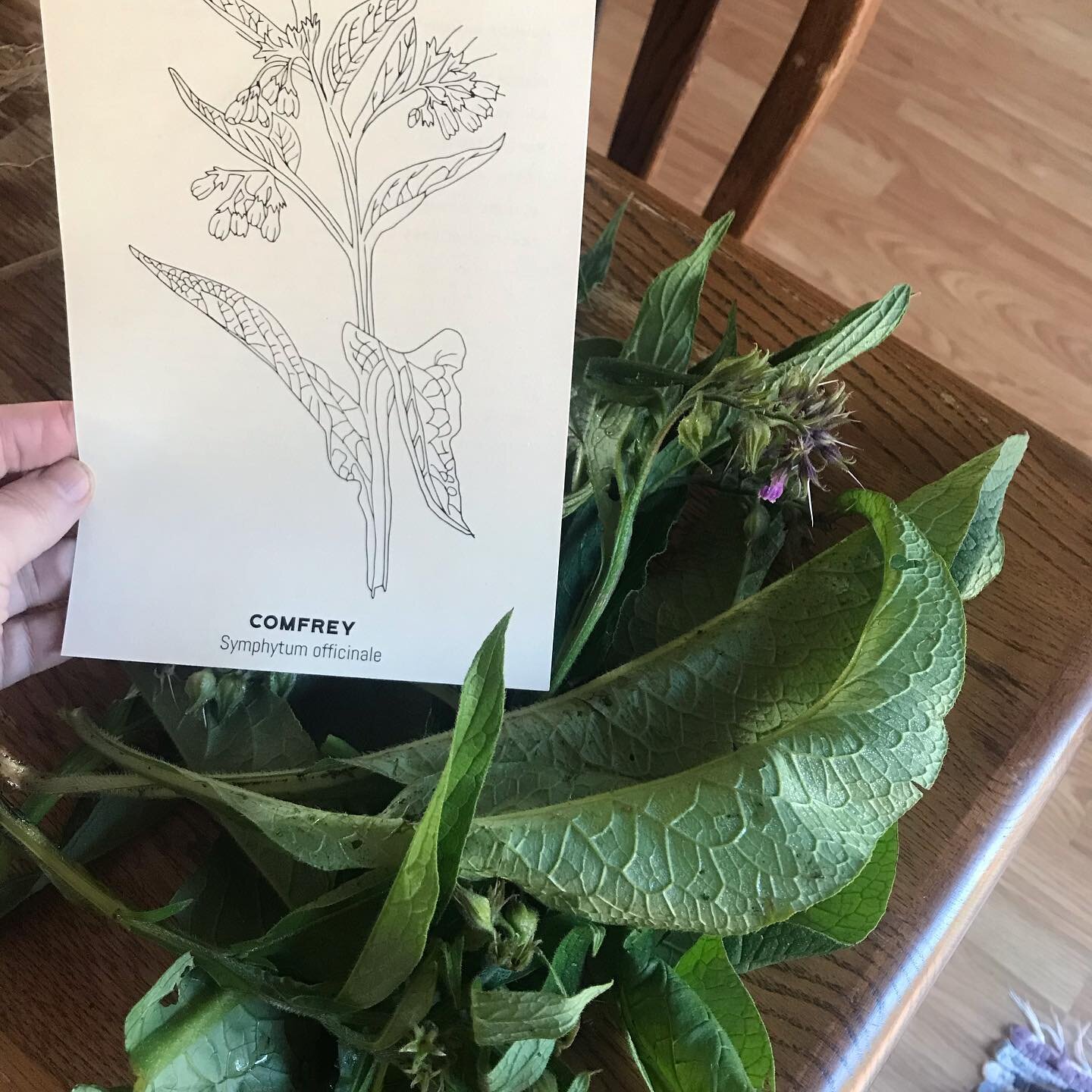
Articles by Dr. Currey
Herbs
Food
Care
Index of Herbal Medicine Articles
An index of herbal medicine articles.
Image Credit: "Herbs and spices" by Spicyblackafrica is marked with CC PDM 1.0
Cinnamon Medicine
This week, we will continue our exploration of culinary herbs with Cinnamon. This readily recognized spice has a long history of use and trade. The earliest writings about cinnamon date back to 2700 BCE in China. Cinnamon being used as an anointing oil by Moses is recorded in the Judeo-Christian bible. Ancient Egyptians used cinnamon in their cooking as well as embalming practices. Pliny the Elder in the 1st century CE wrote of cinnamon as having 15 times the value of silver. (1) This is quite the setup for a spice associated with pastries and pumpkin pie!
Peppermint Medicine
"Peppermints" by LabyrinthX-2 is licensed under CC BY-SA 2.0
This week, we will continue our exploration of tasty culinary herbs that bridge the herb/food gap with Peppermint. The seasonal aisles are full of peppermint flavored candies, peppermint scented candles, and seasonal inspired peppermint tea blends. Let’s get to know this tenacious plant a bit better including it’s history, medicinal uses, key components, growing habits, when to avoid it, and a few ways to incorporate it into our daily lives.
Ginger Medicine
Warming, drying, and stimulating ginger is potent medicine. Use it for pain relief, to fight infections, as an anti-inflammatory and antioxidant, to treat nausea, and for overall wellness. Grab a tasty beverage and let’s get to know ginger better shall we?
Hawthorn Medicine
This week, we will turn to another rose family herb - hawthorn. When thinking of an herb for heart health, hawthorn immediately jumps to the mind of many an herbalist. The slightly tart berries get a lot of the attention, but the leaves and flowers are actually much more potent medicine and have quite a bit of research showing their powerful nourishing effects on the cardiovascular system. As one of my mentors Dr. Deborah Frances says,
“A flavonoid-rich, nutritive tonic, hawthorn enhances cardiovascular health by decreasing inflammation, opening coronary vessels, lowering blood pressure, and generally strengthening the function and integrity of cardiovascular tissue.”
Rose Medicine
While the beautiful petals of the Summer have mostly left us, the other gift of rose can be readily found on the naked stems: rose hips. These orange to red little gems pack a lot of medicine into their fleshy bodies. Just take care to avoid the seeds and the irritating hairs found within the jewel-like case. Nibbling the outer portion of rose hips straight off the bush is one of the treasures of this time of year and is the best way to incorporate the high levels of Vitamin C found within
Adaptogens and Nootropics
Stress levels are high and tend to rise greatly during our Winter holiday season, so today, we will focus on two important classes of herbs that are useful during times of stress.
Adaptogens are herbs that help you adapt to difficult situations, and Nootropics are herbs that help support balanced nervous system function. Both are needed and luckily there are several nourishing herbs that are safe to take long-term that help in these ways.
Fire Cider
Fire cider is a blend of spicy and pungent herbs/foods infused in apple cider vinegar with honey added in. It is a tasty medicinal food that has been used to fend off the Winter chill and the increase in illness that comes with spending more time indoors. The ingredients are simple, easy to find herbs and foods and can be adjusted for your taste preferences. Some work with fresh plants, some with dried, and others with powdered herbs or a combination of all of the above. The mainstay ingredients are garlic, onions, horseradish, cayenne, apple cider vinegar, and honey.
Turmeric Medicine
Turmeric gets a LOT of attention in the scientific community. A quick search of published studies done today yields 13,214 papers with Turmeric in the title and 38,375 papers with the word Curcumin in the title! That’s a massive amount of research into this bright yellow ginger family root. As a comparison, dandelion, another very useful root, has a measly 1,046 searchable studies.
As herbalist Karta Purkh Singh Khalsa says, “The more I use this yellow wonder, the more uses it seems to have. I call it ‘the medicine cabinet in a jar.’” (1)
Burdock Medicine
Burdock root also known as gobo is used both medicinally and as food. This starchy and slightly sweet root is reminiscent of a mild carrot in flavor and appearance. You may see it listed as an ingredient in several different Asian cuisines and you can find it labeled as gobo in Asian markets. You can also find burdock growing as a weed pretty easily around the Pacific North West and in other areas with enough moisture.
Comfrey Medicine
Comfrey, a native European plant, belongs to the borage family and, it’s scientific name is Symphytum officinale. Let’s break that name down a bit shall we? Symphytum originally comes from the Greek symphytos which means to knit together (1). This is exactly what comfrey does, it helps tissue knit back together. Officinale is a designation given to plants that were used broadly by early doctors for their healing benefits and became part of the official pharmacopeia (list of medicines). So, just by looking at the name for comfrey, we already know we are looking at some powerful medicine here.
Marshmallow Recipes
Let’s get inspired and have fun creating cooling, soothing, moistening medicine from marshmallow roots.
Finding Balance Through Herbal Formulation
Creating an herbal formula can seem tricky at first. At first, we read about individual herbs and want to add as many powerful allies to our formula as possible. Each herb seems to have some healing property that we need. How do we choose?
When we take a step back and check in with ourselves, we can identify what state our tissues are in and then find herbs to re-establish balance. Are we hot or cold? Are we dry or full of water? Are our tissues too loose or too tight? Do we feel like we have too much energy or not enough? Where in our body are we experiencing symptoms? Is our environment hot and dry, cold and wet, or another combination? Getting a picture of where we are helps us figure out what we need. Then we can turn to the plants and their specific characters to create our formulas. Ready to get started?
Herbs for When You’re Dry
When the dry winds blow smoke from local wildfires, we get dried out too. How can herbs help us rehydrate and soothe chapped and irritated tissues? Let’s find out!
Marshmallow Medicine
When you are hot, dry, and irritated, it’s time for Marshmallow! Not the puffy white confections we toast over a fire, but the plant whose roots and leaves are full of soothing medicine.
Chamomile Recipes
Let’s play with chamomile. We will learn about the difference between a beverage and medicinal tea, how to take a bath in tea, a great teething soother, a colic remedy, and how to cook with these delicate blossoms.
Treating Skin Issues with Poultices
Poultices can be very helpful for healing skin issues from bites and scratches to eczema and psoriasis. Learn how to create and use a poultice for your skin health needs.
Irritable Bowel Syndrome
IBS is a painful condition of the digestive tract. Have you been recently diagnosed and wanting to understand the condition better? Do you suspect that you have IBS and need to know about getting a diagnosis?
- Adaptogens
- alcohol
- Allergy
- B Vitamins
- b12
- Basil
- beans
- Blood pressure
- Burdock
- Calcium
- Calendula
- California Poppy
- Carbohydrates
- Cardamom
- Chamomile
- Chocolate
- chromium
- Cinnamon
- Comfrey
- copper
- Craniosacral Therapy
- Dandelion
- Detoxification
- Digestion
- Fiber
- Fire Cider
- Flavonoids
- Flax
- Folate
- Food as Medicine
- Foundations of Health
- Fruit
- Ginger
- Greens
- Hawthorn
- Healing What Ails You
- Herbal Formulations
- Herbal Medicine
- Immune
- Index
- Inflammation
- Iodine
- Iron
- Lemon balm
- Liver
- magnesium
- Manganese
- Marshmallow
- Mental Health
- minerals
- Minerals
- Molybdenum
- Naturopathic Medicine
- Nettle
- Nettles
- Niacin
- Nootropics
- Nutrition
- Oregano
- Pain
- Parsley
- Peppermint
- Philosophy of Care
- Potassium
- Poultice
- Protein
- Recipe
- Recipes
- Riboflavin
- Rose
- Rosemary
- Sage
- Seed Cycling
- Selenium
- Skin
- Sleep
- Sodium
- Sunshine
- Supplements
- Thiamin
- Thyme
- Thyroid
- Turmeric
- Vitamin A
- Vitamin D
- Vitamin E
- Vitamin K
- water
- Whole Grains
- Zinc























